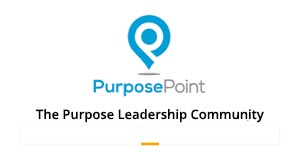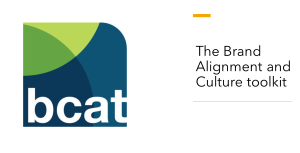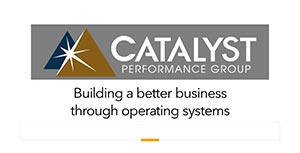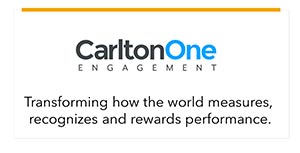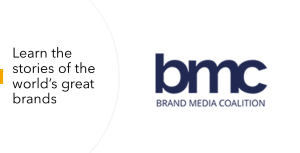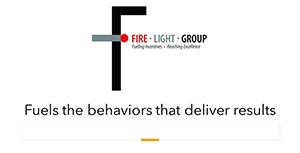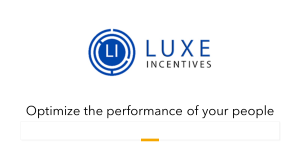Push to Strategic HR Makes Progress But Challenges Remain
By Bruce Bolger
HR Expected to Drive Transformation While Treated as a Support Function
Dave Ulrich: Gives Progess a 7
Dr, Heiko Mauterer: Gives Progress a 2
Click here to subscribe to the ESM weekly e-newsletter.
 Over 50% of the costs at most organizations entail people and yet surprisingly few organizations have a strategic approach to managing these resources in a way that meaningfully demonstrates their impact on organizational value creation, based on two surveys and insights from veteran international human resources management observers in the US and Europe.
Over 50% of the costs at most organizations entail people and yet surprisingly few organizations have a strategic approach to managing these resources in a way that meaningfully demonstrates their impact on organizational value creation, based on two surveys and insights from veteran international human resources management observers in the US and Europe.A recent survey of 3,500 small to mid-size businesses by Sapient Insights Group for iSolved, a Charlotte, NC based human capital analytics firm, finds that 62% of business owners and 55% of CEOs view HR as a strategic partner, but only 23% of finance leaders and 35% of IT leaders agree. Only 52% of respondents in HR see their functions as strategic across the organization.
This is despite strong evidence that strategic HR drives 34% stronger business results over five years, including gains in profitability, innovation and market share, according to Amberly Dressler, Vice President of Corporate Marketing at Isolved.
HR Expected to Drive Transformation While Treated as a Support Function
"The research confirms what many HR leaders already feel," she says. "HR is expected to drive transformation but is still treated like a support function.” This is despite strong evidence, she adds, that strategic HR drives 34% stronger business results over five years, including gains in profitability, innovation and market share.
Is strategic HR even a priority among practitioners? According to the 2023-2024 State of the Workplace published by SHRM (Society for Human Resources Management) based on a survey of over 2,000 human resources managers, the top three priorities don’t even include identifying new ways to align human resources activities with concrete value creation in the organization. Instead, priorities focus on the more tactical issues of maintaining employee morale and engagement, retaining top talent, finding and recruiting talent with the necessary skills.
Strategic human resources management is the practice of aligning human resource policies and practices with an organization’s value creation process, and long-term goals to enhance overall performance, so that it is viewed as an investment instead of a cost. Unlike the traditional practice HR, which often focuses on administrative tasks, strategic HR focuses on designing, implementing and aligning holistic practices such as culture, leadership development, performance management, workforce planning, and analytics, etc. with organizational purpose, goals and objectives.
Dave Ulrich: Gives Progress a 7 .jpeg)
On a scale of 1 to 10, with 10 being ideal, Dave Ulrich, Rensis Likert Professor, University of Michigan Ross School of Business, Co-Founder, Principle, The RBL Group, an advisory firm, puts progress at around a 7 when defined as aligning an organization’s human resources policies and practices with its long-term business goals characterized by the CHRO having a seat at the executive roundtable equivalent to the CFO and COO.
When it comes to talent management, he scores it a 9. “Issued related to human capability (talent + leadership + organization + HR functions) are part of almost every business dialogue.”
He gives a rating of 6 for the ability for human resources professionals to facilitate the dialogue,
- “First, HR is less about HR and more about delivering stakeholder value through human capability: Stakeholders are all the humans who engage with the organization including employees but also boards, customers, investors, citizens, and others who get value from an organization.
- Second, human capability is the innovative insights in talent + leadership + organization to deliver.
- Third, upgrade the HR function through ten actions with value created and relationships as most critical and HR professionals with the competencies that deliver value.
- Fourth, use AI and analytics to provide information to deliver stakeholder value by prioritizing and guiding human capability investments that have the most impact.”
Dr, Heiko Mauterer: Gives Progress a 2
 From a perspective from Europe, Dr. Heiko Mauterer give progress toward strategic HR a 2. He is Board Member and Senior Partner at 4C Group, a Frankfurt-based human capital analytics firm. He is also a member of the ISO 260 working group that manages ISO 30414 human capital standards.
From a perspective from Europe, Dr. Heiko Mauterer give progress toward strategic HR a 2. He is Board Member and Senior Partner at 4C Group, a Frankfurt-based human capital analytics firm. He is also a member of the ISO 260 working group that manages ISO 30414 human capital standards.His rating is based on what he sees as:
- “Limited Executive Influence: In many organizations, the CHRO still lacks equal influence in strategic decision-making compared to the CFO or COO. HR is often consulted on people-related implications after key business decisions are made.
- Focus on Operational Tasks: A significant portion of HR departments remain focused on administrative and compliance-driven functions (e.g., payroll, benefits administration), leaving limited credibility for strategic workforce planning or business-aligned initiatives.
- Insufficient Data & Analytics Capability: Unlike finance or operations, many HR functions still struggle to capture data in a way that drives predictive insights and supports business strategy. The absence of robust people analytics can limit HR’s ability to speak the language of the C-suite.
- Variable Recognition: While some sectors (like tech or professional services) have embraced a more strategic HR role, others (especially traditional manufacturing or smaller enterprises) still view HR as a support function rather than a strategic partner.
- Underinvestment in HR Leadership Development: Organizations often fail to develop HR talent with cross-functional experience, which hinders the CHRO’s ability to operate effectively at the same strategic level as the CFO or COO.”
Enterprise Engagement Alliance Services
 Celebrating our 15th year, the Enterprise Engagement Alliance helps organizations enhance performance through:
Celebrating our 15th year, the Enterprise Engagement Alliance helps organizations enhance performance through:1. Information and marketing opportunities on stakeholder management and total rewards:
- ESM Weekly on stakeholder management since 2009. Click here to subscribe; click here for media kit.
- RRN Weekly on total rewards since 1996. Click here to subscribe; click here for media kit.
- EEA YouTube channel on enterprise engagement, human capital, and total rewards since 2020
 Management Academy to enhance future equity value for your organization.
Management Academy to enhance future equity value for your organization.3. Books on implementation: Enterprise Engagement for CEOs and Enterprise Engagement: The Roadmap.
4. Advisory services and research: Strategic guidance, learning and certification on stakeholder management, measurement, metrics, and corporate sustainability reporting.
5. Permission-based targeted business development to identify and build relationships with the people most likely to buy.
Contact: Bruce Bolger at TheICEE.org; 914-591-7600, ext. 230.







